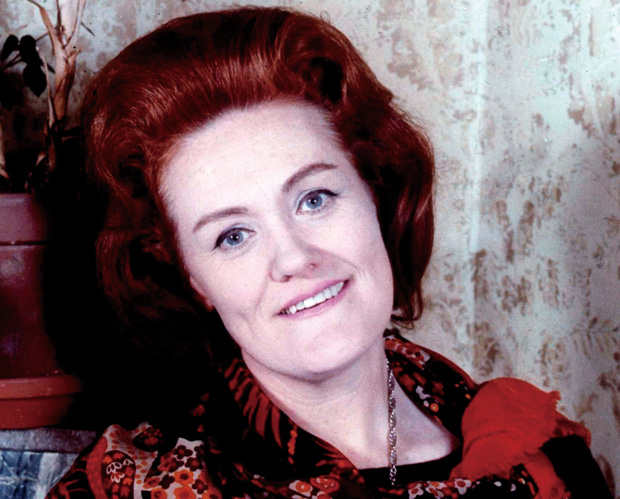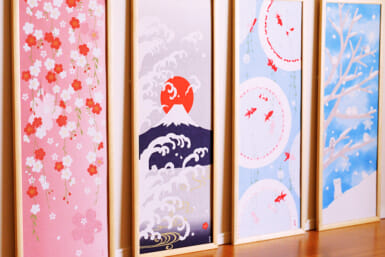Along with millions of other opera lovers around the world, I was deeply saddened to learn of the recent death of Dame Joan Sutherland, who was 83 years old. Sutherland had retired some years ago and lived together with her husband and collaborator Richard Bonynge in a magnificent retreat in Switzerland.
Not for Dame Joan the endless farewell concerts and the “definitely last appearances” that so many other great singers have foisted on a long-suffering public; she retired with the same grace and dignity that had marked her long and spectacular career, well before her voice — Luciano Pavarotti famously defined it as “The Voice” — began to fail her, and, thus her hoards of devoted fans. Her extraordinary vocal technique still thrills and astonishes in the countless recordings that line the shelves of discerning music lovers’ houses the world over.
Sutherland was a most unlikely star in many respects. Born and raised in Australia, she grew up listening to her mezzo-soprano mother signing around their modest home in Sydney. When she achieved local recognition, the young soprano was encouraged to go to London to further her studies. But it was not until she met — and later married — Richard Bonynge that she began her extraordinary transformation.
Bonynge encouraged her to work on the remarkable range he detected in her vocal capacity. It was an ugly duckling transformation; soon, from the large boned, unprepossessing Joan there emerged a coloratura of dazzling virtuosity whose command of the stage was as sure as that of her score. She would never have claimed — as others might — to be much of an actress, but musically speaking she inhabited a role in a way few others have been able to. By the end of her career, Sutherland had more than 50 leading roles in her repertoire in addition to oratorio and the recital platform.
When she first sang Gaetano Donizetti’s “Lucia” at London’s Covent Garden, she set out her stall for instant stardom. At the end of the “Mad Scene,” the audience rewarded her performance of that most challenging of arias with a 28-minute standing ovation. Before long, Sutherland was performing leading roles in major opera houses around the world, soon earning the sobriquet “La Stupenda” from an enthusiastic Venetian writer.
What is almost astonishing as the accolades she collected throughout her career is the fact that none of it appeared to go to her head. A titled star who could command virtually anything she wanted, she remained at heart the Ozzie girl who’d almost reluctantly left Sydney and whose feet were always firmly on the ground.
I have written before in this column about my own first encounter with Dame Joan and how she and Bonynge by example taught me a huge lesson in graciousness. For that and for their music, I shall remain ever grateful.
Ian de Stains is the Executive Director of the British Chamber of Commerce in Japan. The views expressed in this column are strictly his own and are not necessarily endorsed by or shared by the Chamber.
External Link:
Dame Joan Sutherland, Wikipedia









